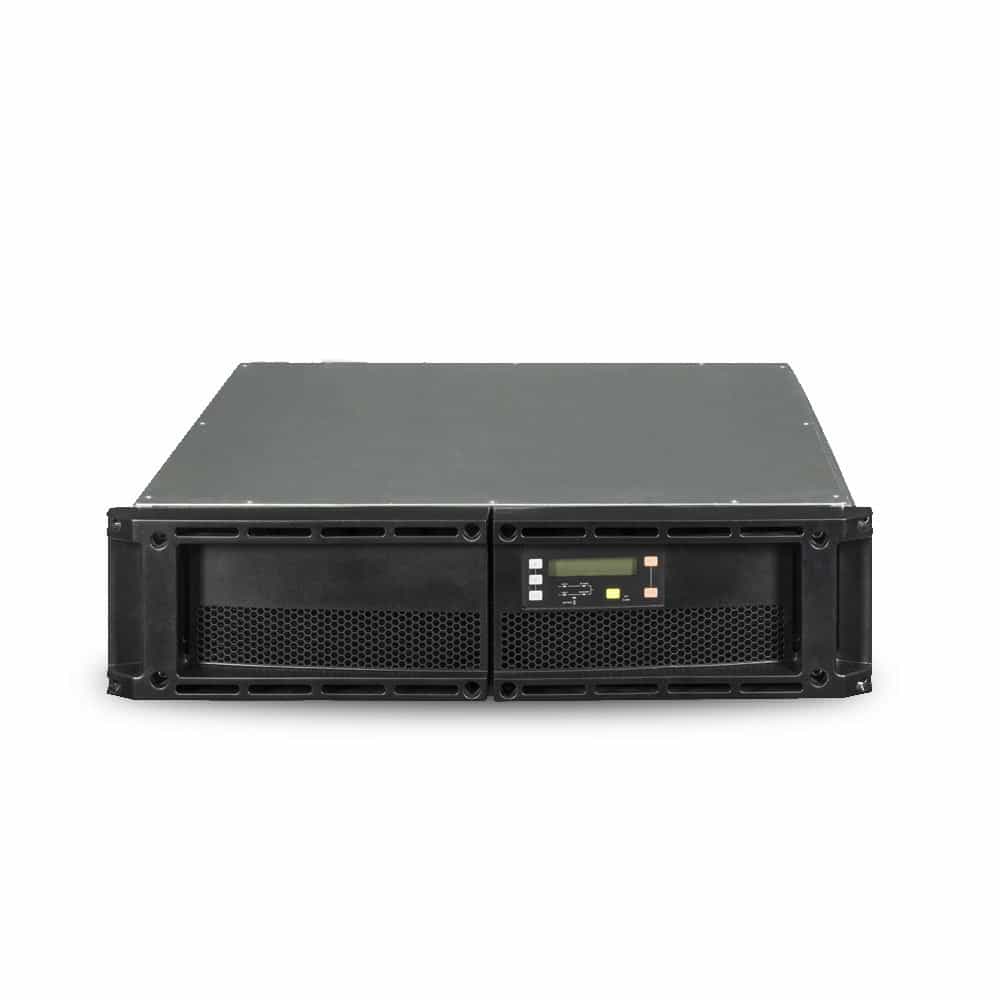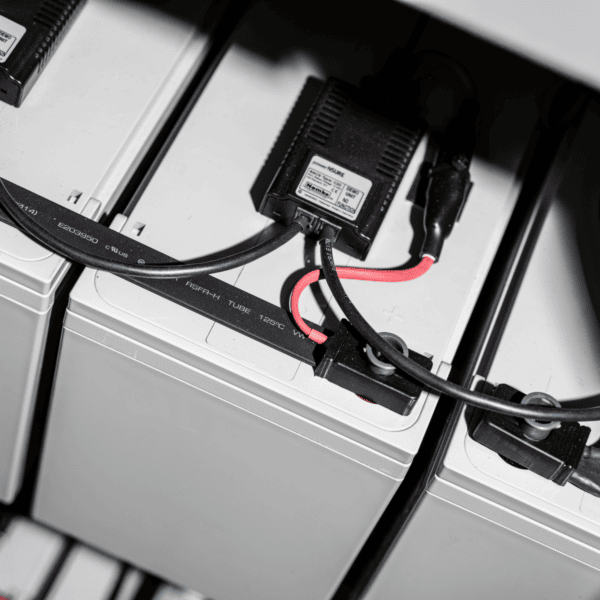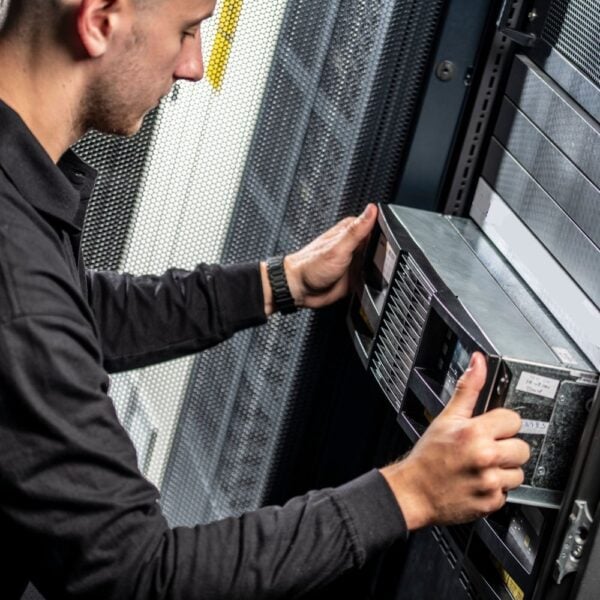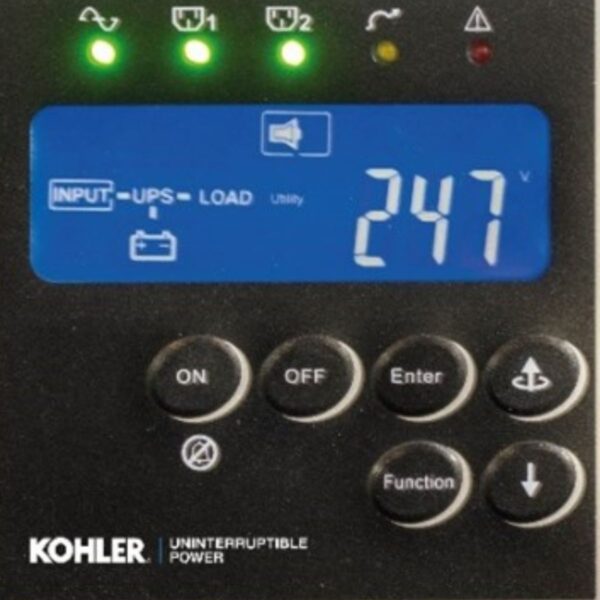Transformerless UPS systems technology, once established, rapidly became dominant because it enabled much smaller, lighter uninterruptible power supply solutions. These allowed UPS systems to be built from several relatively small modular UPS units rather than a single monolithic uninterruptible power supply. The two key advantages of modularity are scalability and proper UPS system sizing, and the ease of building in N+1 redundancy. Both are facilitated because modularity allows total UPS capacity to be adjusted in small increments.
However, not all modular uninterrupted power supply architectures are the same. In some, the modules are not truly independent; sharing some common components, notably the module control circuitry and static switch. This approach is known as Centralised Parallel Architecture or CPA. Originally parallel UPS systems with this architecture were the only type available due to the complexity of data and signal processing required to effectively control a decentralised UPS power supply.
Its attraction, even now, is that it offers a cost-saving advantage since duplication of components and subsystems is reduced. Its major drawback, however, is that the centralised nature of the control and power switching components introduces a greater number of “single points of failure” into the UPS power system, which adversely affects its availability.
To overcome this, decentralised parallel architecture (DPA) has been developed to yield inherently greater availability; true DPA UPS systems have few single points of failure. All essential functions, including system logic, control panel and display, static bypass power units and battery connections are provided within every modular UPS unit, allowing each module to work entirely independently. In most data centre operations or other applications where the data processing load’s uninterrupted uptime is absolutely essential, the extra component cost is considered insignificant compared with the improved assurance of availability it provides. The consequences of failure could seriously damage a business enterprise, or even bring it down.
KOHLER PW 9500DPA 100kW modular uninterrupted power supply unit
One argument sometimes advanced in support of the centralised parallel UPS system is the fault clearing capacity of the Central Static Switch. However, modern decentralised UPS systems incorporate internal static bypass switches capable of matching or bettering the fault clearing capacity of the Central Static Switch.
Configuration of DPA UPS power supplies
Modules in DPA UPS systems are practically identical to standalone uninterruptible power supplies. Some suppliers of UPS systems design their uninterruptible power supplies to be used in either configuration without modification.
Decentralised parallel architecture uninterruptible power supplies always have one module performing the master role with the other modules in the UPS system being Slaves. If at any time the Master becomes faulty or is isolated for UPS servicing and maintenance or other reasons, the next UPS module in the system (former Slave) will immediately take over the Master function and the former Master will switch off.
In DPA parallel UPS systems, all the modules feed the critical load directly. The uninterrupted power supply capacity depends upon the module rating and the number of modules used. The modules are usually mounted within a frame; by providing the frame with spare UPS capacity, more modules can quickly be added for future load expansion or redundancy. This expansion is easy because it can be done without having to modify or shut down the UPS system.
By contrast, it may be necessary to upgrade the static switch and circuit breakers when adding modules to a CPA UPS system. Additionally, the centralised parallel UPS system’s typical need for a separate central static switch (CSS) cabinet makes it physically larger, more complicated to install and more expensive than its decentralised UPS power supply counterpart.
When these considerations are added to the DPA UPS systems’ inherently superior availability, it’s not surprising that decentralised parallel UPS systems have become the most popular choice.
If you require any information regarding our UPS power supplies or UPS servicing, you can get in touch with KOHLER Uninterruptible Power via our contact page or call us on +65 6302 0702.




